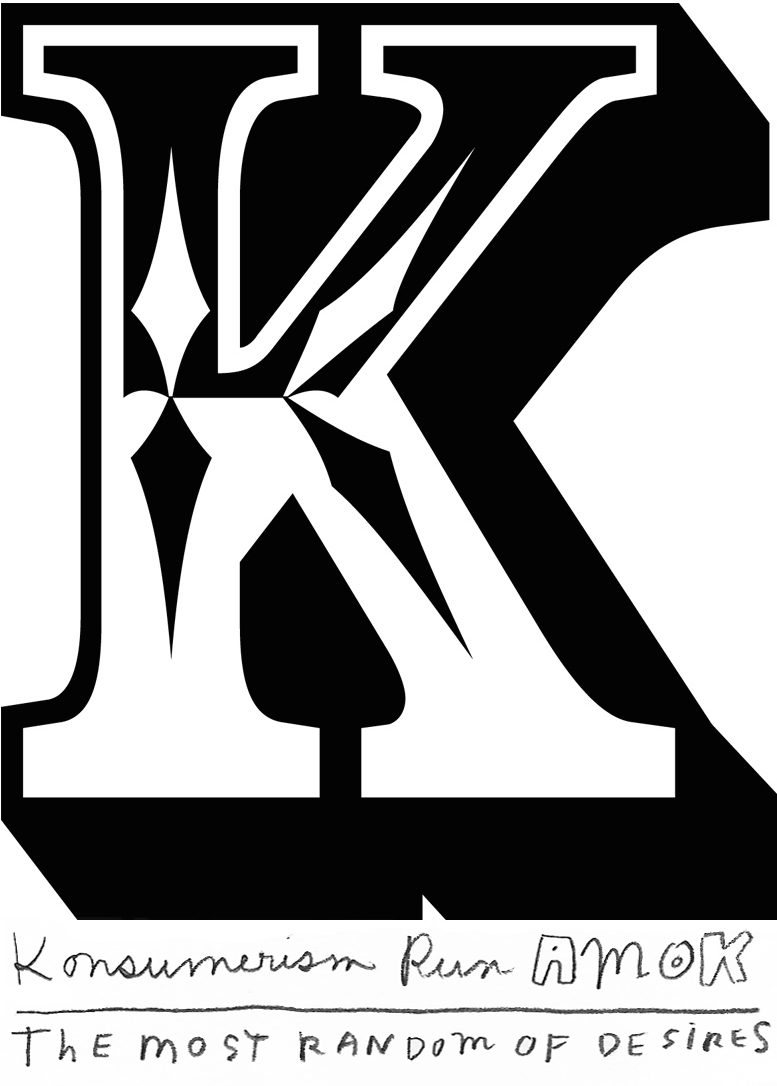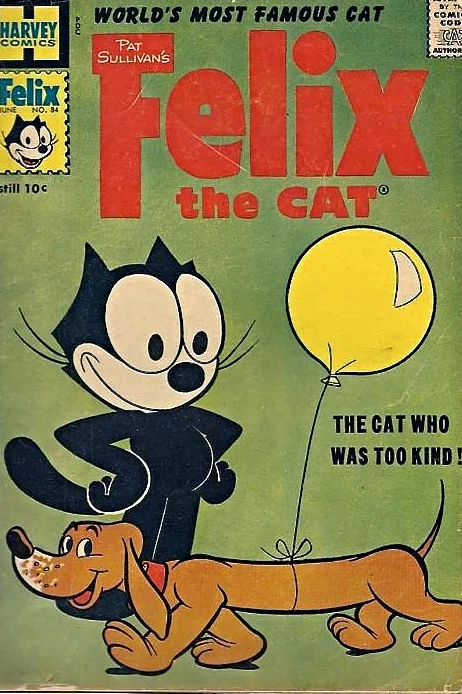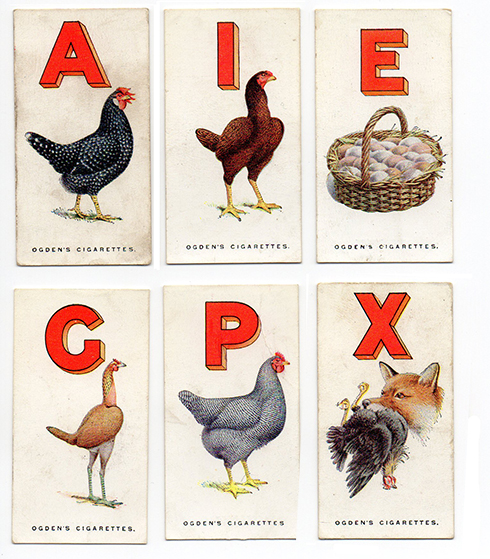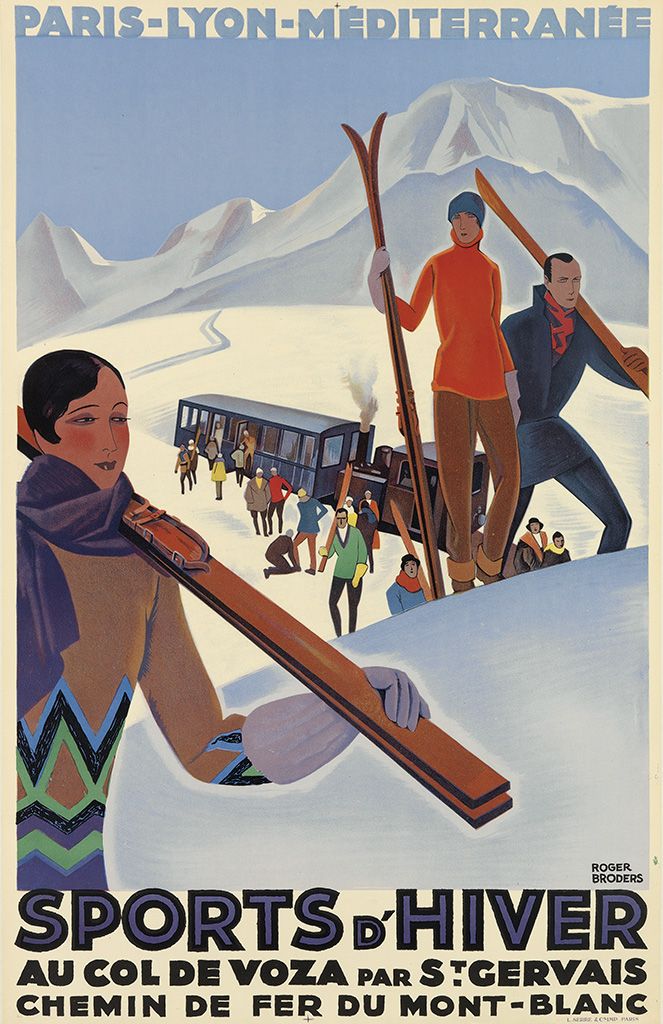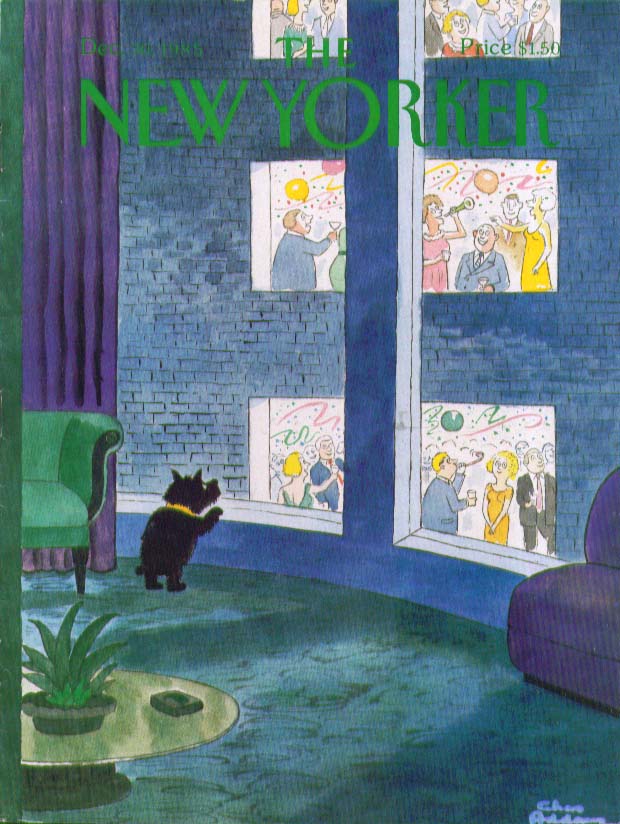Kline didn't begin painting abstractly until the 1940s. To help himself think in abstract forms after years of figural painting, he used an enlarger to zoom in on areas of smaller drawings to find the strong gestural, seemingly spontaneous lines that he would become known for, first in black and white and later in color as well. At times, he even revisited his earlier works and added color elements.
Franz Kline | Orange Outline 1955. Oil on paperboard mounted on canvas 38 x 40 in. (96.5 x 101.6 cm)
New York 1953
Black Reflections, 1959 via the Metropolitan Museum
Untitled II 1953
